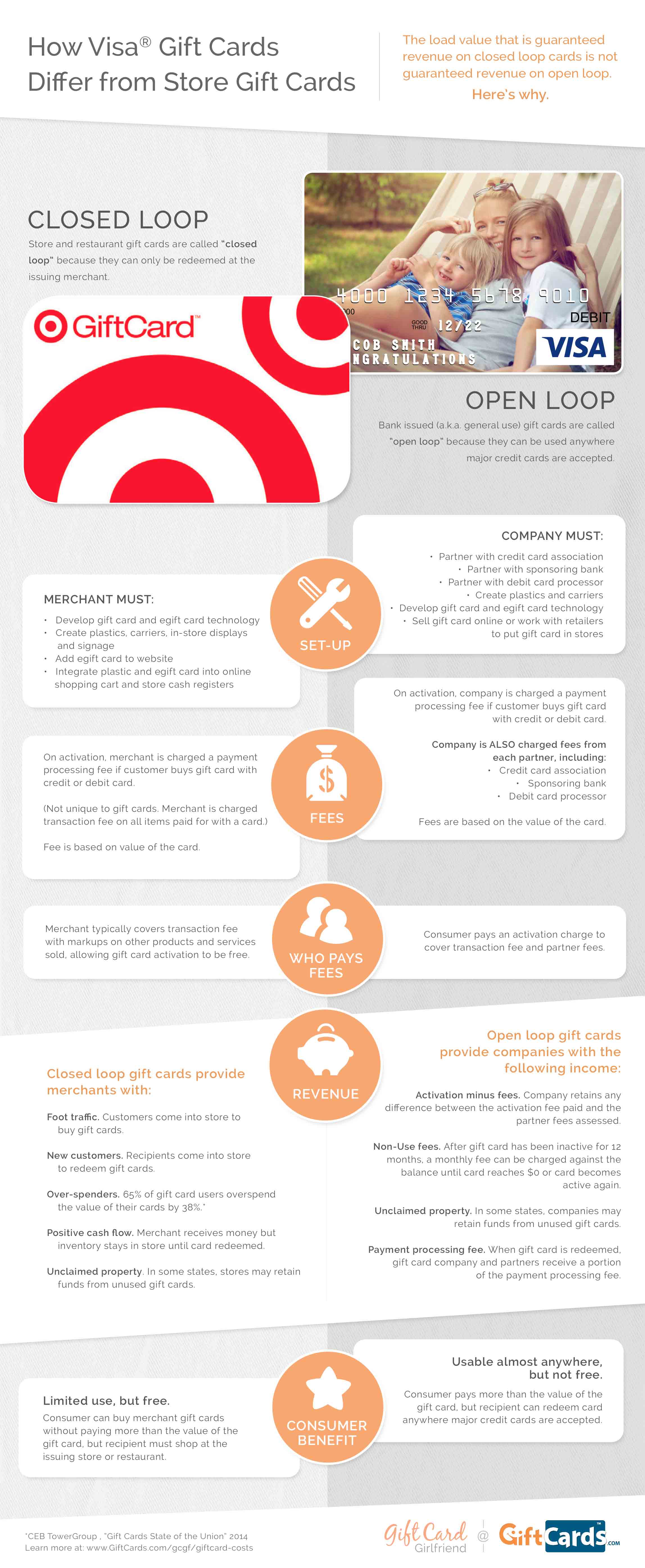Engraved glass is a type of decorated glassware that involves shallowly inscribing the surface area of the glass. The inscribing varies from reduced glass, which is made by using a sawing motion to create shapes in the glass.
Laser etching can create carefully engraved photos on glass, but the result can typically really feel harsh to the touch as a result of tiny shards of glass remaining on the surface. Amy shares some techniques she has actually picked up from collaborating with Epilog lasers to avoid these issues:
1. Hang it on the Wall
Typically, individuals reward glass for its appeal and style. Nonetheless, it is a hefty and delicate material to work with and should be very carefully managed in order to maintain the item for several years ahead. To present your personalized glass, look for hooks, brackets or mounts that are specifically developed for this purpose. These can be found at hardware or art supply stores.
To decrease the possibility of damage to your glasswork, apply a dampened single layer of paper towel to the surface. This will prevent air bubbles or overlaps from impacting the etching result.
Another option is to use application tape. This will also assist in reducing the surface area of your work surface from coming to be harsh. In addition, you can trying out various visuals handling settings for laser engraving glass. As an example, you might locate that a higher power establishing jobs much better with a reduced dpi, as this can minimize the possibilities of sharding. You can likewise try converting solid locations of fill to grayscale, as this will certainly lower the warm impacted zone.
2. Place it on a Table
Glass engravings add an innovative aim to any kind of area and can be utilized for a range of purposes. To make your glass engravings stand out, take into consideration frosting the surface area or including a paint fill to magnify the style's visibility.
Before running a laser etching work, it is necessary to examine the rate and power settings on the type of glass you will be making use of. These improvements will allow your machine to generate the appearance you want while reducing risks of mistakes and damage.
Adding dampened paper towel or application tape to the surface of your work surface before lasering can assist with heat dissipation, preventing the glass from coming to be harsh.
You can likewise try transforming your visuals color to 80% grayscale in order to further different the dots and minimize any type long-term care of glass of fracturing that may take place throughout the engraving process. By incorporating these methods, you can achieve near perfect outcomes on a vast array of glass products.
3. Place it on a Stand
The procedure of laser engraving glass requires a large amount of accuracy. Engraving on bent surface areas like bottles and stemless glass is particularly challenging because of imbalance issues. A jig or clamp aids to maintain the object and ensure correct positioning.
It's likewise important to pick a high-contrast design with vibrant lines and clear sides for the best outcomes. Utilizing software devices to adjust comparison and brightness can help attain these goals. In addition, it's a great idea to examine your styles on scrap glass prior to etch the actual thing.
Adding a layer of dark paper to the surface area of the glass before engraving minimizes cracking and boosts the total high quality of the end product. Furthermore, a dampened single-layer of paper towel externally of the glass can minimize results from heat on huge surfaces. A rotating attachment is additionally suggested for round things, such as bottles. This device assists to stabilize the work surface, decreasing resonances that can impact the precision of the laser's positioning.
4. Position it on a Floor
A straightforward method to display engraved glass is by positioning it on the floor. This will certainly provide the inscribing a more significant effect, as it will certainly be visible from all instructions. Personalized glass can likewise be hung from a ceiling for a a lot more distinct result.
While conventional approaches of engraving glass need physical contact and may harm the surface, laser etching is a non-contact procedure that allows for the development of detailed and comprehensive layouts. Epilog Laser machines are easy to use and featured user-friendly software program that makes it easy for any individual to create an unique imaginative design.
Prior to lasering, the glass needs to be cleaned completely. Using a thin layer of unmixed dish soap to the area that is mosting likely to be etched will aid prevent damages from warmth, as it dissipates the energy produced throughout the engraving process. In addition, using the rasterization kind "Ordered Dithering" in your laser software application will certainly decrease the possibility of any kind of rough areas on big surface areas and will enhance general quality.
